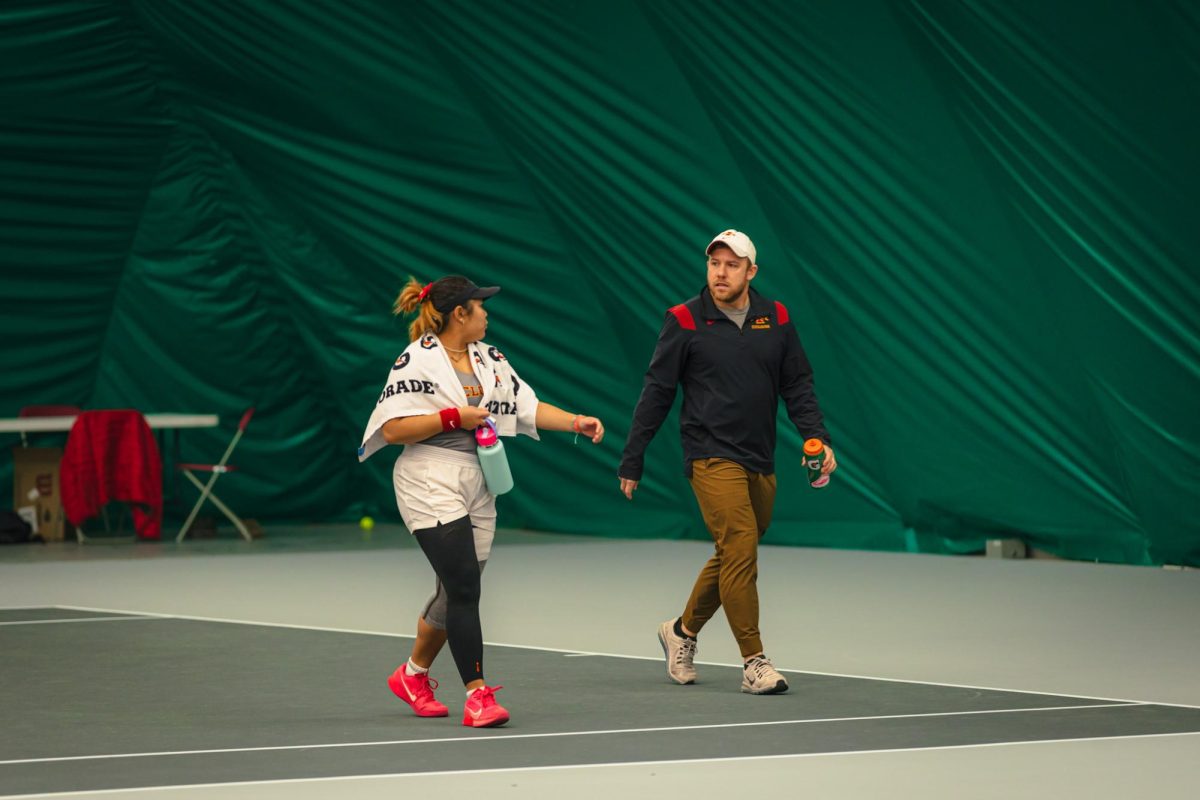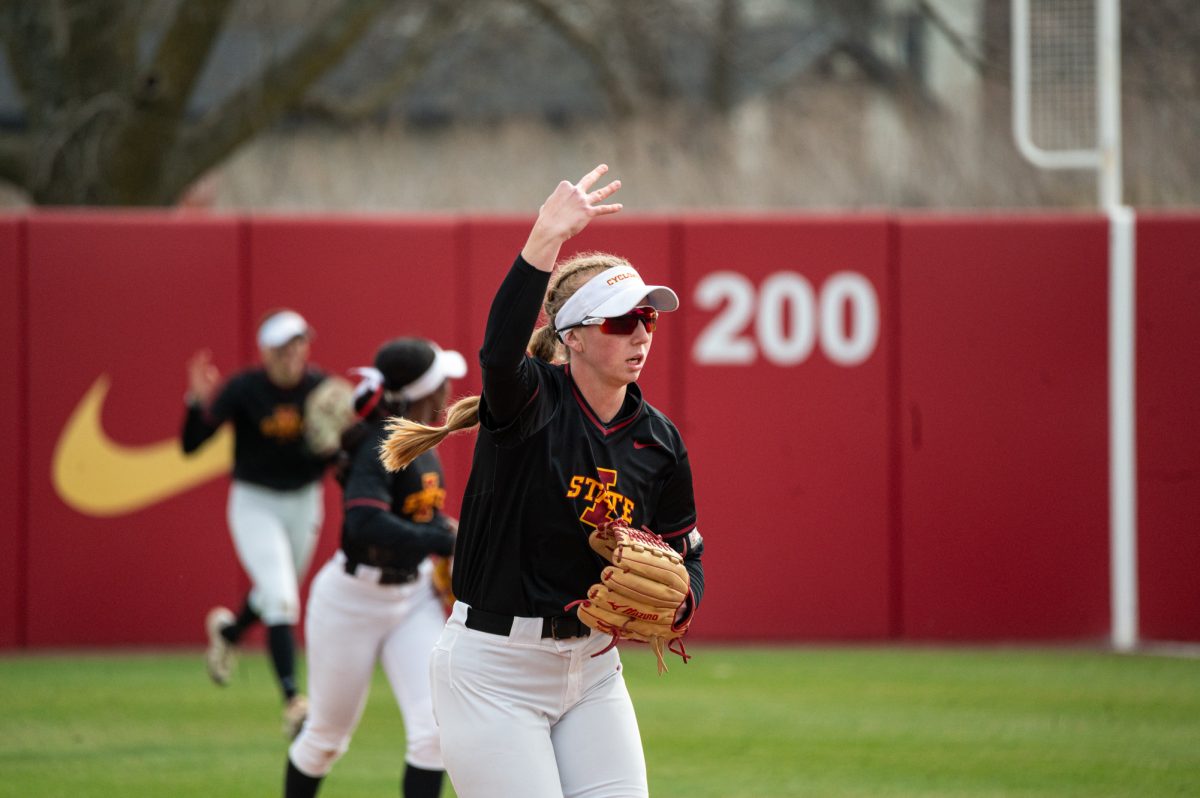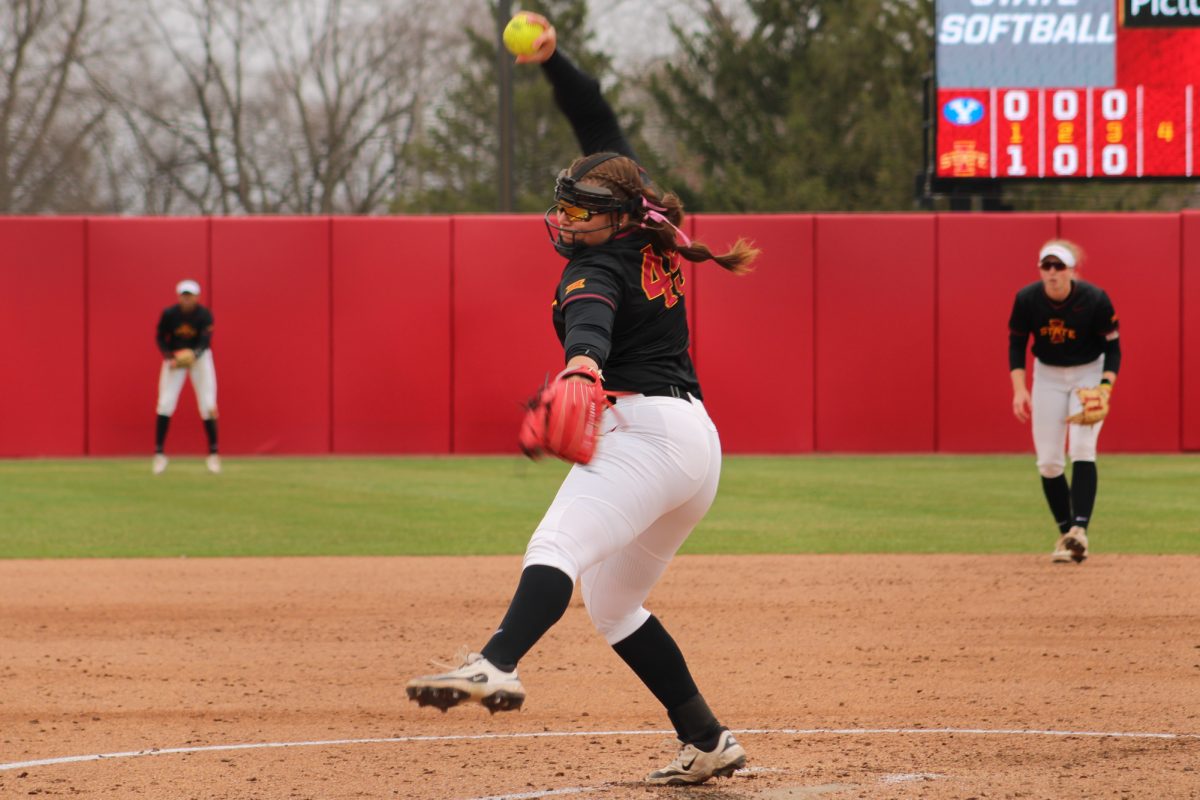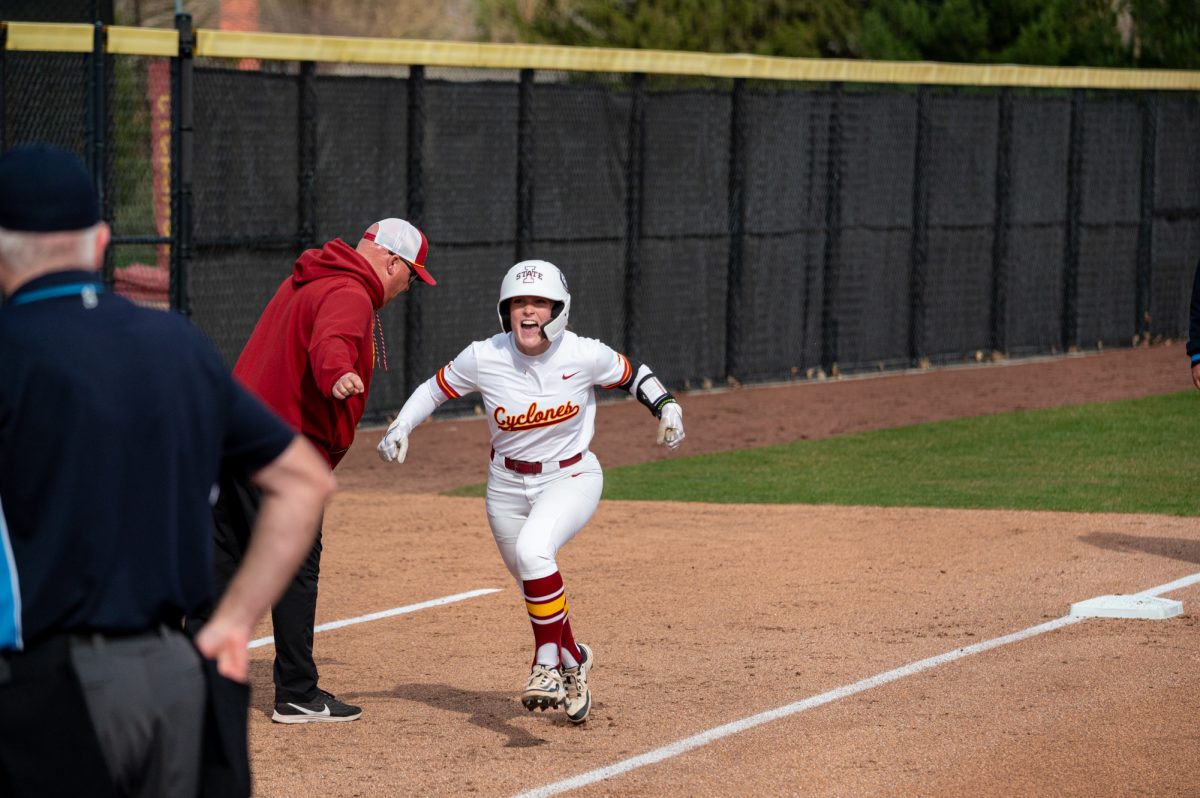Some at Atlanta games had ISU connections
August 22, 1996
Although the Olympics were over nearly a month ago, their moments remain forever frozen in the minds of those who attended the Games. This includes some members of the Iowa State community who worked as a few of the thousands of volunteers.
Their duties gave most of them the opportunity to witness the world’s greatest in the flesh and allowed some to work with media representatives from around the world, giving those students and staff an unforgettable once-in-a-lifetime experience.
DaShaun Carter, program manager and a member of the university’s cheer squad, was one of 17 ISU squad members who performed in the Opening Ceremonies July 19 with 19 other cheer squads from around the country. Carter said the group was selected in March after it submitted an audition tape to organizers of the National Cheerleading Association.
“For Iowa State, it was great (to perform),” Carter said. “I cried. It was a big rush. There were 85,000 people there and I was happy to be there.”
After hundreds of cheerleaders performed their number around the field, they had a few minutes to scatter out before President Bill Clinton declared the Games open. Carter said the squad watched the rest of what it could of the Opening Ceremonies on buses while leaving Olympic Stadium.
One of the events starting on the first day of the Games was women’s softball, a sport Thad Dohrn saw all of.
A former ISU baseball player and currently a graduate student in health and human performance, Dohrn worked as a softball contact for the Atlanta Committee for the Olympic Games (ACOG) publications staff.
His job consisted of updating IBM’s baseball web site, which received 15 million visitors daily. In addition, Dohrn wrote two athlete profiles a day and covered all the women’s softball games, which were held in Columbus, Ga., two hours from Atlanta.
At ISU, he has worked as a baseball contact for the media, but has never written stories. However, Dohrn’s duties in Atlanta gave him the opportunity to work as a reporter and cover many aspects of the games and the athletes that national media organizations did not, such as the Asian athlete who was a former speed skater.
The softball schedule allowed him to stay in Atlanta for the entire Olympics. As a result, many other reporters, who had come only for the medal games, cast him as a leader.
“They asked me where everything was: where to get the best food, where the restrooms were,” he said.
Media relations representatives were also an important part of Dohrn’s experience.
“The people went out of their way to help me,” he said. “They didn’t care who they were helping.”
Erin Davison was one of these media relations representatives at the Games. As the assistant director of athletic media relations at ISU, her trip to Atlanta came about as a result of a friend who was hired by ACOG.
Davison was the tribune manager for men’s and women’s judo. She oversaw 12 volunteers and helped organize the print media representatives who covered judo, many of whom were from Asian countries.
The matches drew packed crowds — something she said the United States couldn’t predict because it’s not a popular sport nationally.
The judo matches were all held in one hall of the Georgia World Congress Center, a one week venue which held two medal ceremonies for the sport each day.
The Center was also within walking distance from Centennial Park, the site of a pipe bomb that exploded early in the morning on July 27, killing one and injuring more than 100 people.
The incident happened on the last day of the judo matches, but Davison also said there were several bomb threats at the Georgia World Congress Center.
But despite these, she felt safe because of the heavy security stationed at the venues. She also allowed herself to enjoy other competitions as a spectator.
Davison saw men’s and women’s basketball, women’s and men’s gymnastics, handball, weightlifting, fencing, table tennis, baseball and Greco-Roman wrestling.
But aside from the competition, the highlight for the Games for her was watching the dress rehearsal for the Opening Ceremonies.
“It was the most incredible thing I’ve ever seen,” Davison said.
The event invited all the volunteers — 80,000 — who worked at the Games.
Jim Berg, a video producer for the Extension Service, was another Iowa State representative who attended this ceremony. He worked as a camera operator for Atlanta Olympic Broadcasting (AOB), a production company that focused on unbiased coverage of all the events.
Like Davison, Berg worked in the Georgia World Congress Center, where he covered freestyle and Greco-Roman wrestling.
AOB covered every event of each athlete who competed. The material it produced was used by more than 100 broadcasting organizations worldwide so to modify the coverage unique to each country.
“We actually covered the sporting events themselves, as long as it had to do with competition. Our coverage was unbiased and equal,” Berg said.
Berg said there were three wrestling matches going on at one time. In the end, there were almost 700 wrestling matches from the preliminary rounds to the finals.
However, one of the thrilling experiences for Berg was watching American wrestler Bruce Baumgartner win the bronze medal. He was a gold medalist in the 1992 Summer Games in Barcelona, Spain.






